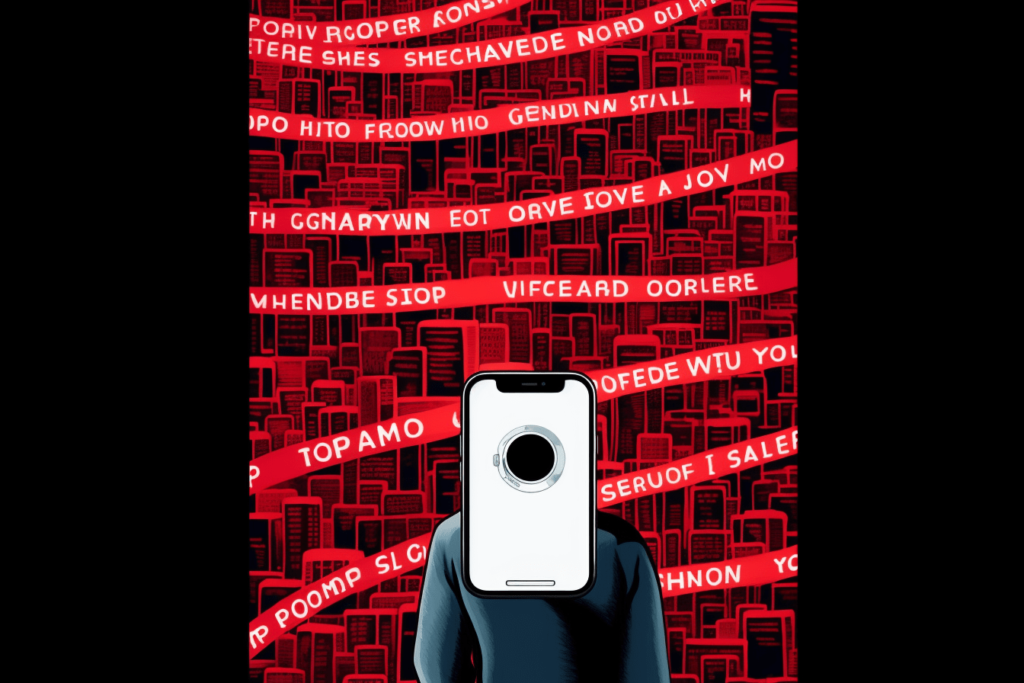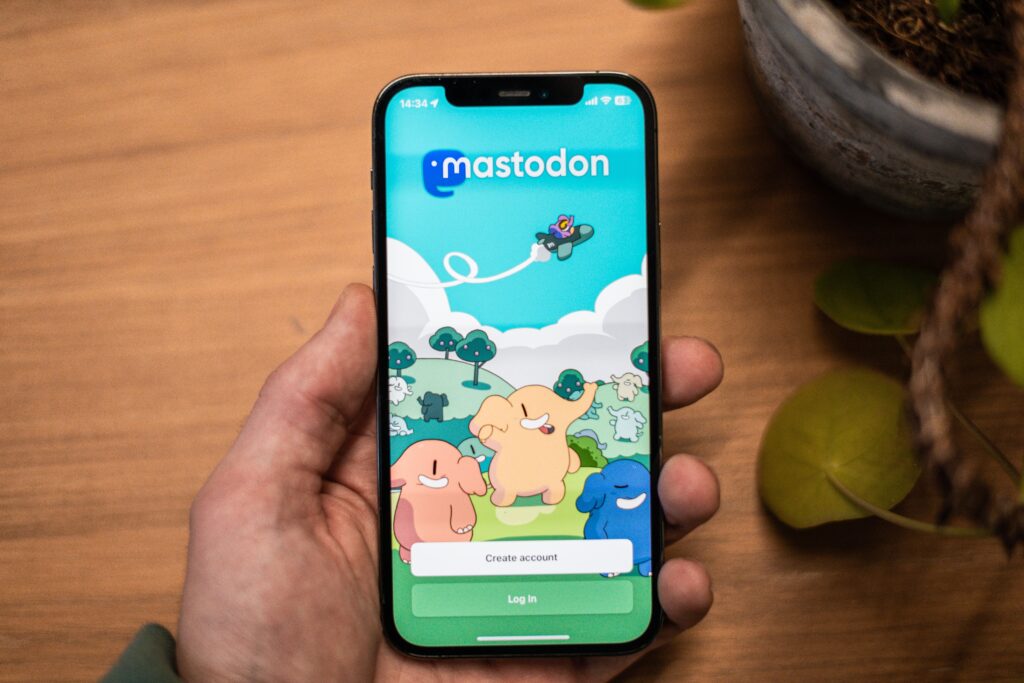In a bold move that underscores his commitment to free speech, Elon Musk, the innovative billionaire owner of the social media platform X, formerly known as Twitter, has fiercely defended his platform against advertisers withdrawing over alleged antisemitic content. Musk’s candid retort to these advertisers, “Go fuck yourself,” during a Wednesday interview, exemplifies his unwavering stance on freedom of expression and his refusal to capitulate to corporate pressures.
Previously, at a New York Times DealBook Summit interview, Musk had shown a reflective side, acknowledging his regret over a controversial tweet made on Nov. 15. This tweet, which aligned with the so-called “Great Replacement” theory, was criticized for its perceived anti-Jewish sentiment. However, Musk’s subsequent clarification and apology highlight his recognition of the sensitivities involved and his dedication to constructive discourse.
Linda Yaccarino, CEO of X, echoed Musk’s sentiments in a recent post, affirming the platform’s unique role in balancing free speech with mainstream values. Despite challenges, Musk’s frank approach to advertisers signals a new era for X, emphasizing transparency and open dialogue over traditional corporate relationships.
This confrontation signifies a pivotal moment for X, underscoring its leadership’s commitment to protecting free speech, even amidst potential financial pressures. Musk’s stance is not just a defense against what he perceives as financial blackmail by advertisers but also a statement about the integrity and independence of his platform.
The withdrawal of major companies like Walt Disney, Warner Bros Discovery, and Comcast from X, catalyzed by a Media Matters report, has only strengthened Musk’s resolve. His response to these developments points to a deeper conviction about the importance of unfiltered communication in today’s digital age.
In a world increasingly concerned about the rise of antisemitism, as noted by U.S. Senate Majority Leader Chuck Schumer and the White House, Musk’s actions demonstrate his awareness of these issues. His recent visit to Israel and conversation with Prime Minister Benjamin Netanyahu further reinforces his stance against hate speech and his commitment to using X as a platform for positive change.
Musk’s bold approach may have sparked controversy, but it also reveals a leader unafraid to challenge the status quo and stand firm on principles. His vision for X as a bastion of free speech and open dialogue sets a new standard in the social media landscape, emphasizing the power of unbridled expression in shaping public discourse.












